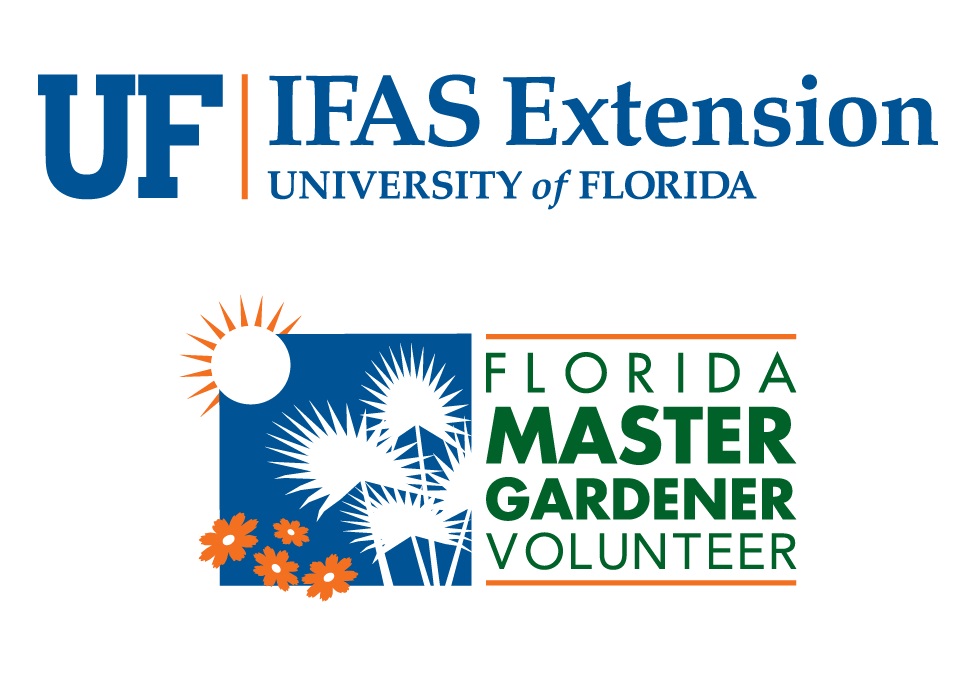Ask Master Gardener Volunteer
Michele Hackmyer
Landscape Planning
This is not about formal landscape designing, just my ideas on some things to think about before you start. If you want to add some landscaping beds to your yard or maybe expand or change an existing area, a little planning and preparation will reward you greatly in the future with a bed that requires less work and continues to perform as expected.
There are a number of things to take into consideration. Begin by carefully observing the area you have in mind.
Soil: Have you had the soil tested to find out what the pH is or if there are any major components that are lacking? Is the soil sand, loam, or clay? The soil quality and pH in Wakulla County and along the coast can vary greatly and that has a significant impact on how well a particular plant will grow. Your Wakulla County Extension Office can provide you with a soil test kit and instructions.
Light: How much sun or shade and when? Consider the time of year and movement of the sun during the year. What is sunny now may be in shade at another time of year. What about trees or other plants nearby? As they grow, a sunny area can become shaded.
Temperature: Do you have any idea what the temperature ranges are in this area of your yard? Low areas are usually colder. For general temperature ranges consulting https://planthardiness.ars.usda.gov/PHZMWeb/ shows that Wakulla County is, for the most part, in Zone 8b (lows can reach 15-20 degrees Fahrenheit) although there is a small area along the coast in Zone 9a. But your yard may lean to one end or the other. My yard is in a very open area, at the bottom of a hill, with few building or pavement nearby, so it is usually a little colder that the reported winter temperatures for the area.
Moisture in the soil: Is the ground usually dry or does it stay a little damp. Is there a water source nearby?
Space: How much space do you have for this landscape project? Depending on the size and complexity of what you have in mind, you might want to consider getting some graph paper and making a scale drawing of the area. Then you can see how well mature plants will fit in the space. Also consider surrounding plants and trees and how they might grow and affect the area over time.
Your gardening preferences: Before you start thinking about plants, think about what you like to do or don’t like to do. OK with hedging, trimming, weeding? What kind of look do you like? Organized and carefully trimmed or more natural? You will want to select plants that suit your preferred style. Some plants grow large and must be hedged and trimmed, others grow lower and do not require much attention.
For more formal detailed information about landscape design, take a look at these IFAS websites:
Drawing a Planting Plan – https://edis.ifas.ufl.edu/pdffiles/EP/EP45600.pdf
Pattern Book for North Florida (this has plant suggestions) – https://edis.ifas.ufl.edu/pdffiles/EP/EP43600.pdf
In my next blog, I will write about preparing the bed.
If you have any questions or suggestions for future articles please email to wakullamg@ifas.ufl.edu

Follow Us
| The Institute of Food and Agricultural Sciences (IFAS) is an Equal Opportunity Institution authorized to provide research, educational information, and other services only to individuals and institutions that function with non-discrimination with respect to race, creed, color, religion, age, disability, sex, sexual orientation, marital status, national origin, political opinions, or affiliations. U.S. Department of Agriculture, Cooperative Extension Service, University of Florida, IFAS, Florida A&M University Cooperative Extension Program, and Boards of County Commissioners Cooperating |
 0
0


